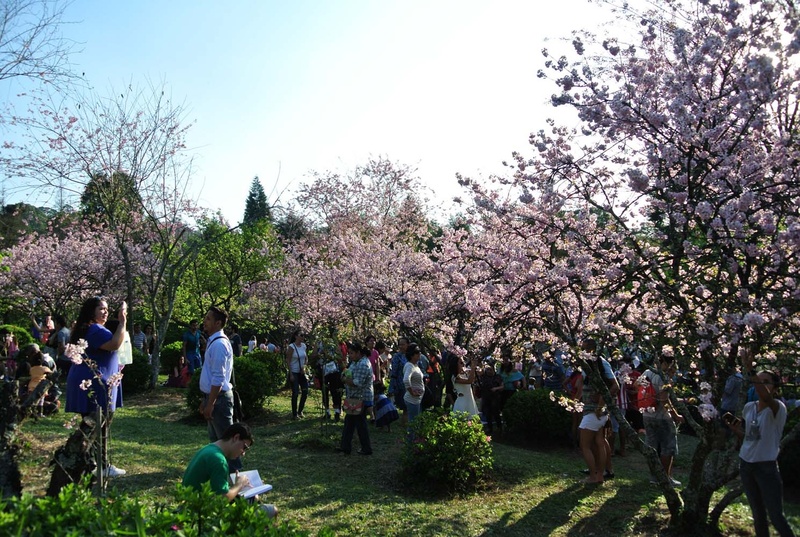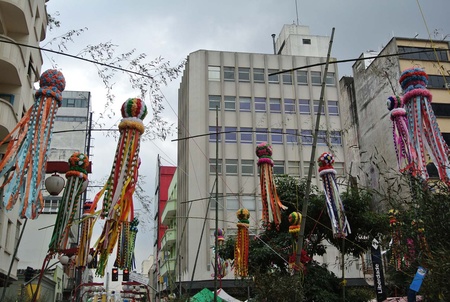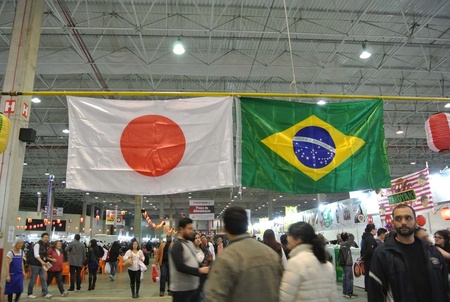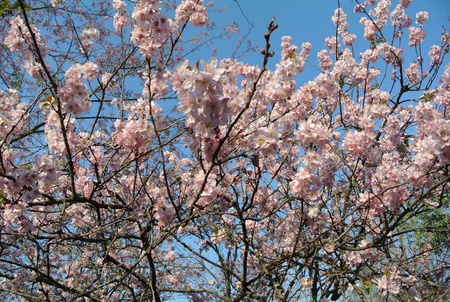2015 marks the 120th anniversary of the Treaty of Friendship, Navigation and Commerce between Brazil and Japan, signed on November 5, 1895 in Paris, France. Therefore, Japanese-Brazilians are celebrating this historic milestone with a series of events.
Some are festivals that I knew and attended in São Paulo, the city where I currently live, and which I like because of their importance as a representation of Japanese culture within the community of descendants and also because of their significance in Japan.
Bunka Matsuri showcases traditional arts
Bunka Matsuri - The Japanese Culture Festival is the biggest annual party held by Bunkyo (Brazilian Society of Japanese Culture and Social Assistance) at its headquarters in the Liberdade neighborhood, in São Paulo. Celebrated in the first half of the year, it has already had nine editions.
The main highlight of the event is the most traditional arts of Japan, such as the tea ceremony demonstration, ikebana exhibition, as well as folk dance performances and workshops on furoshiki (fabric wrapping), origami (the art of folding paper), shodo (Japanese calligraphy) and oshibana (art of pressed flowers). It was Bunka Matsuri that started me in contact with and learning about Japanese culture.
The beautiful and sad legend of Tanabata Matsuri
The Star Festival - or Tanabata Matsuri - is inspired by an ancient legend that tells the story of the fiery passion between the daughter of a powerful celestial god, the talented weaver Orihime, and the shepherd Kengyu.
The princess's father consented to their marriage, but the two were so in love that they forgot their obligations. The god then ordered them to live separately and transformed them into stars that are on opposite sides of the Milky Way.
Touched by his daughter's sadness, he allowed a single meeting between the couple in the seventh month of each year. Thus, as a thank you, Orihime and Kengyu fulfill requests written on colorful papers, called irogami , which are hung on bamboo branches. In Japanese mythology, Orihime is represented by the star Vega and Kengyu is the star Altair, located at the extremes of the galaxy and which meet only once a year.
In São Paulo, ACAL – Associação Cultural e Assistencial da Liberdade and the Association of Miyagi Province have been holding the party since 1979 at the beginning of July, in Praça da Liberdade. Many Nikkei and non-Nikkei attend the event annually.
For me it is a special celebration, because this legend is very beautiful, despite its story being a little sad.
Japan Festival and prefectural associations
The Japan Festival welcomes visitors from all over Brazil every year in the second half of July. Held by Kenren (Federation of Associations of Provinces of Japan in Brazil), the theme chosen for its 18th edition was exactly 120 years of Friendship between Brazil and Japan.
The event is a great opportunity to taste or remember the typical cuisine offered by Japanese provincial associations. Visitors can, for example, choose between okonomiyaki (a type of Japanese pancake with vegetables) from Wakayama, which is made with dough, or from Fukushima, which instead has noodles as an ingredient.
Like other Japanese culture festivals, the party features a variety of cultural attractions, exhibitions, dance and music shows.
The cherry blossoms
The Cherry Blossom Festival in Parque do Carmo, East Zone of São Paulo, is held by the Sakura and Ipê Federation of Brazil between the end of July and the beginning of August. This year, it reached its 37th edition. As the sakura blossoms only last a few days, the flowers are grown in the last week of July especially for the festival.
The program features music and dance performances, and Japanese-Brazilian associations from the Itaquera region, where the park is located, prepare and offer typical Japanese dishes.
The stage and typical food stands are installed next to the Cherry Forest, where there are around 1,500 trees of Oshima, Himalayan and Yukiwari species. The latter, beautiful and delicate, was the only one in bloom at the event. The park has a total of 4 thousand sakura trees.
Here in Brazil, descendants follow the Japanese tradition of performing the hanami ritual, the act of contemplating cherry trees, which brings inner peace. When the wind blows, you can see a beautiful spectacle of nature. The Japanese gather for picnics under the sakura trees and believe that a person will be very lucky if a flower naturally falls on them.
Contact with Japanese culture
These festivals, as well as all others that celebrate Japanese culture, are important for the Japanese-Brazilian community to maintain contact with the traditions and customs of their ancestors, originally Japanese, but which had a Brazilian influence.
I consider events like this important, because I have the feeling that part of me remains asleep and wakes up when I see a taiko performance, for example. Or when I see Nikkei and non-descendants gathered in the same place to stroll and enjoy the rich culture of a country that can show and teach us many things.
© 2015 Tatiana Maebuchi










